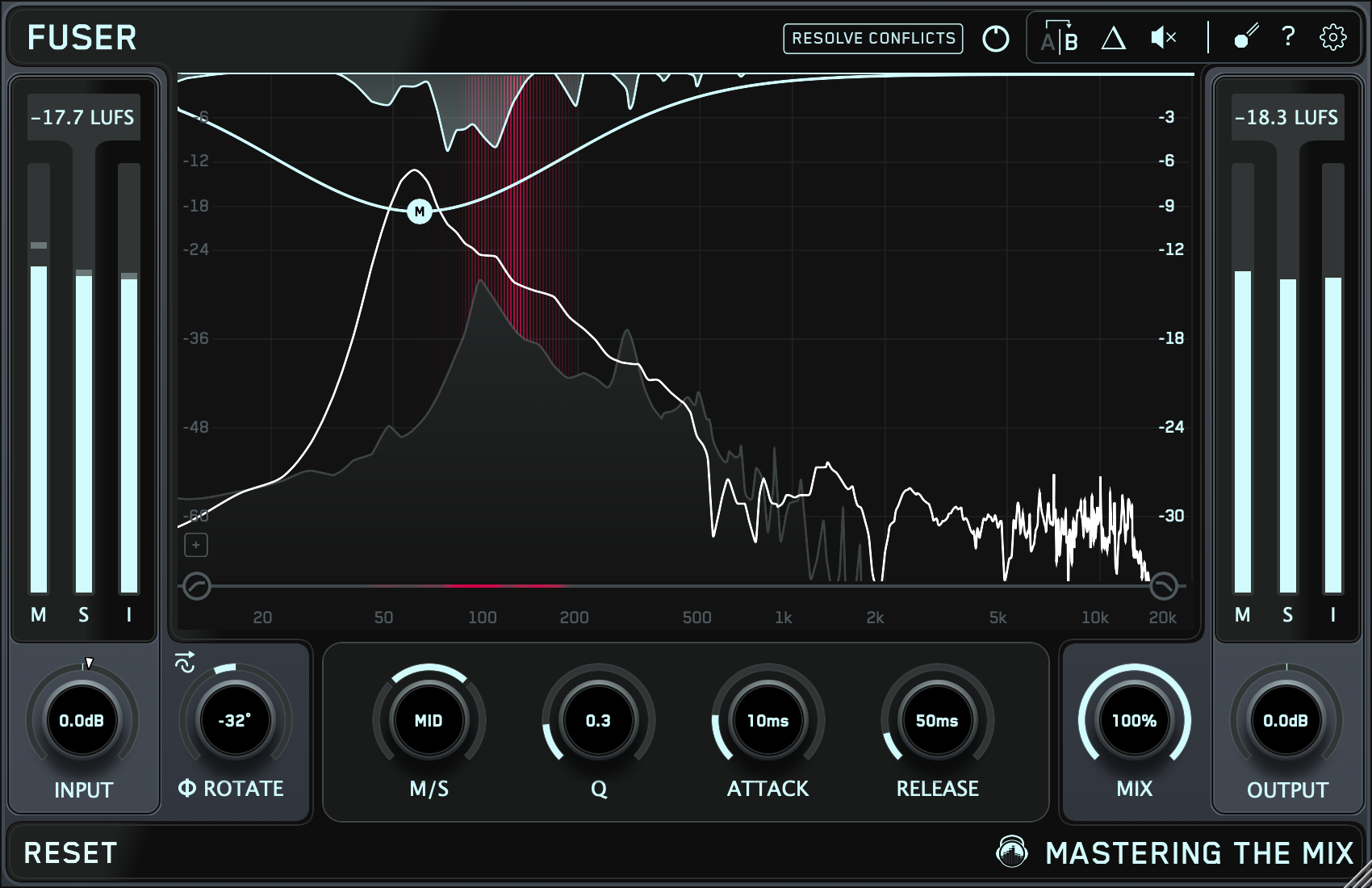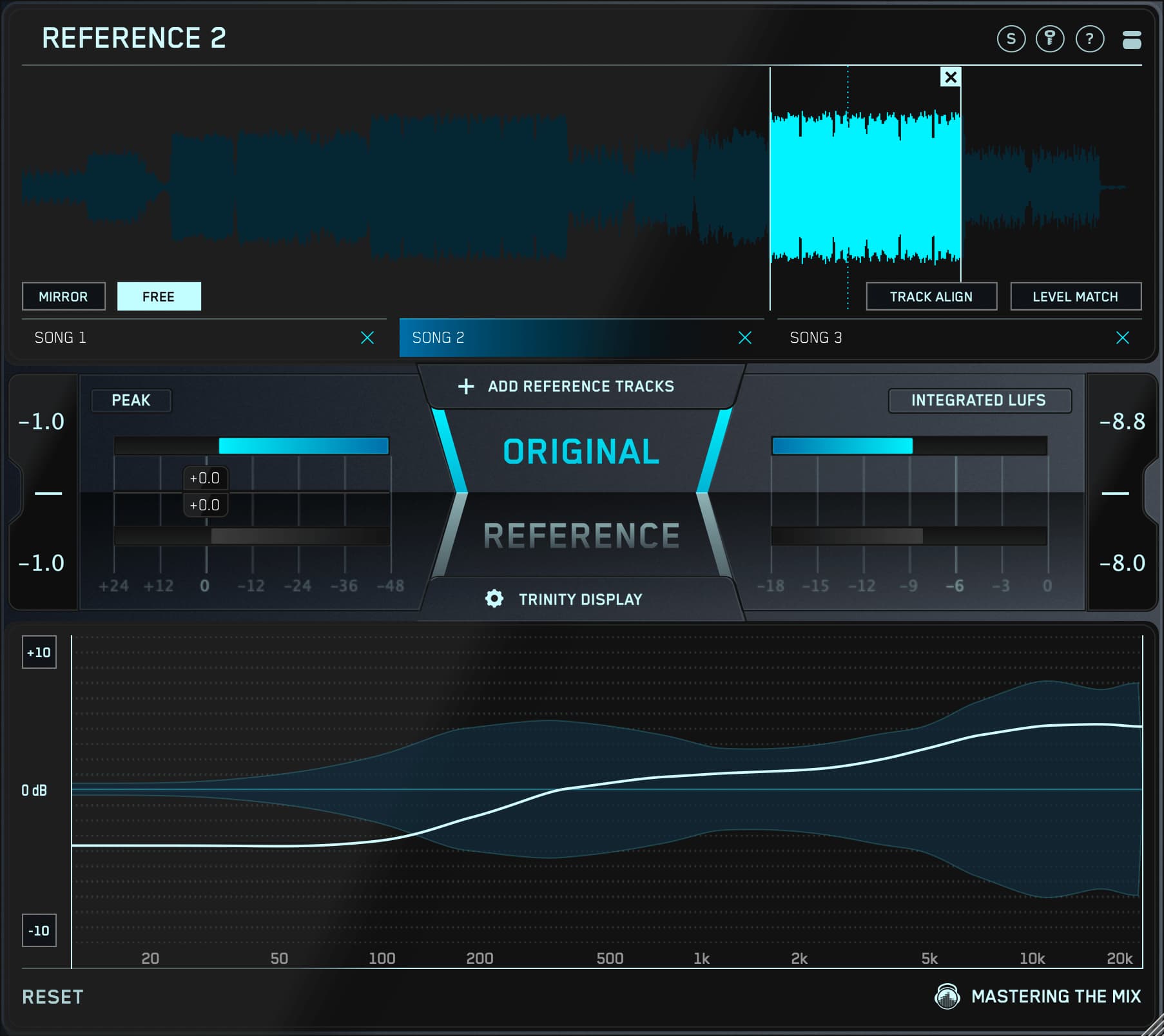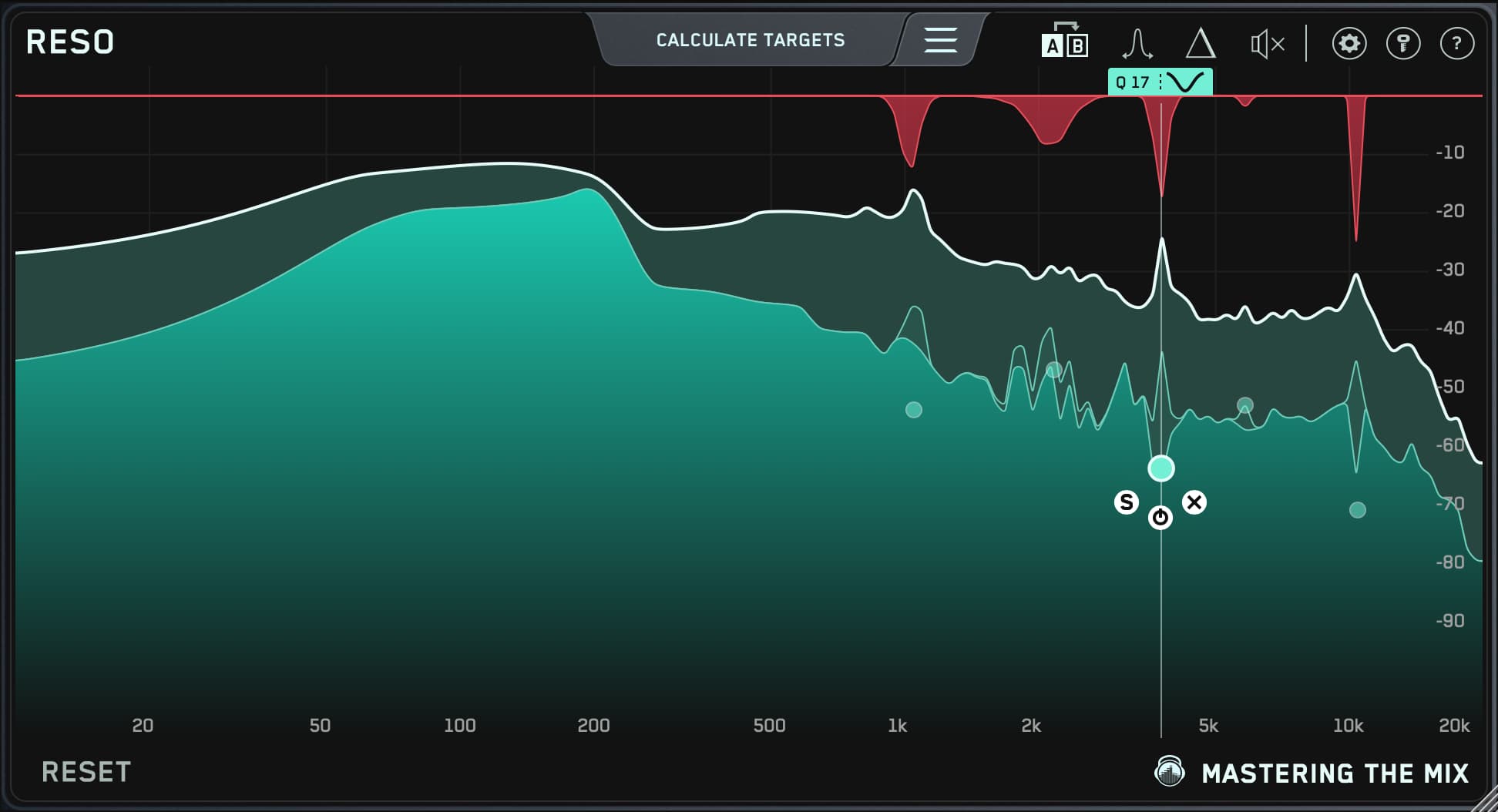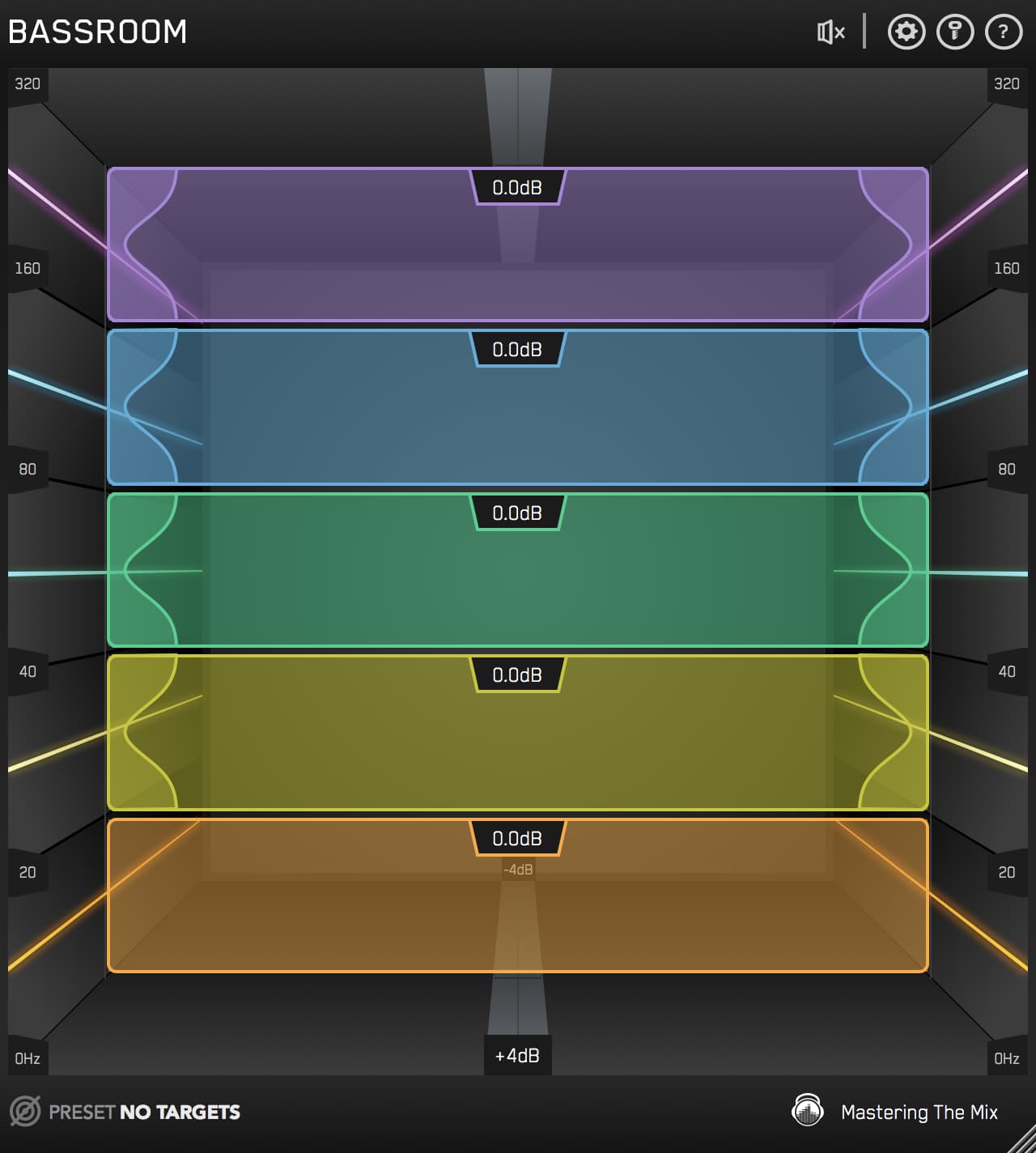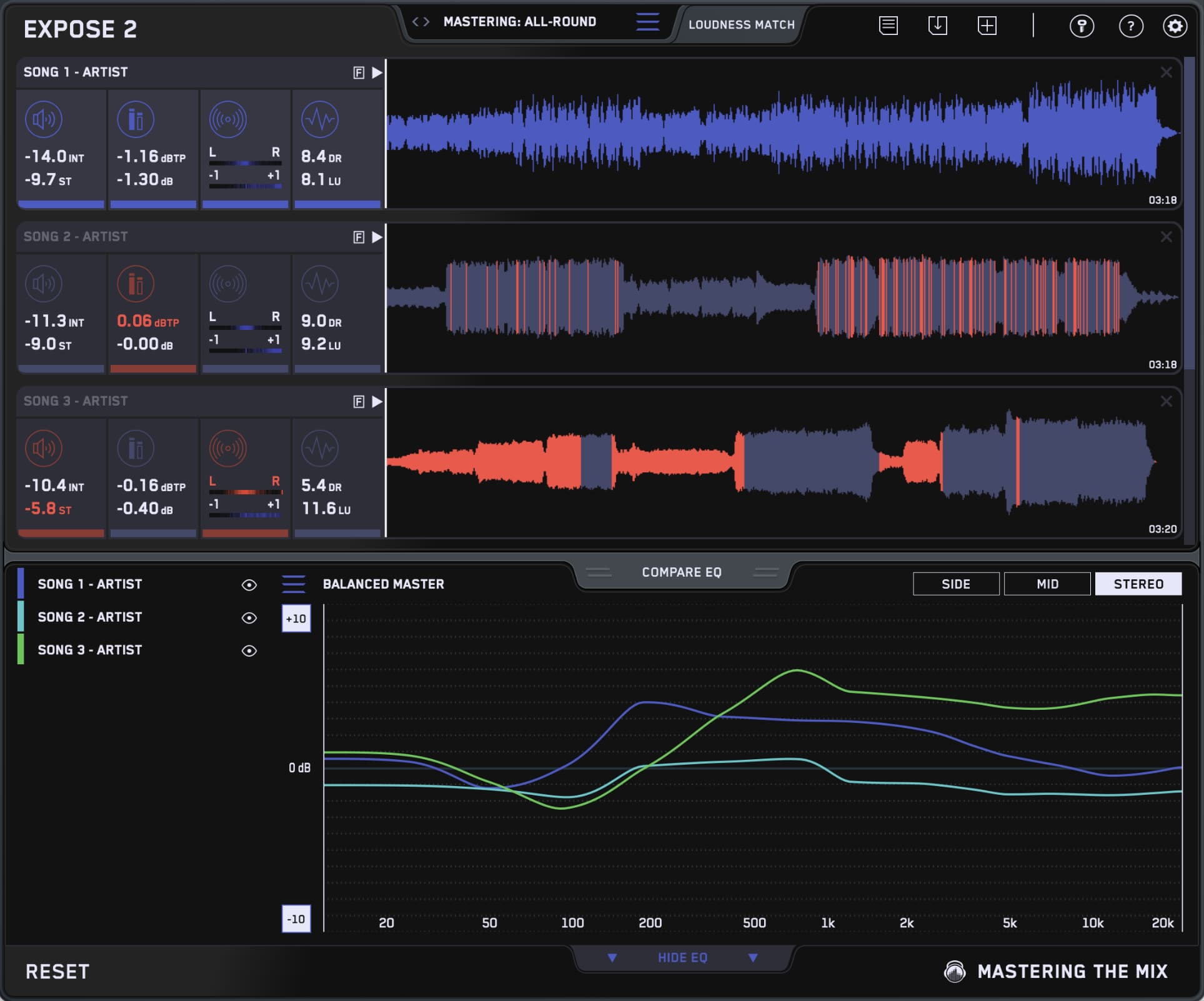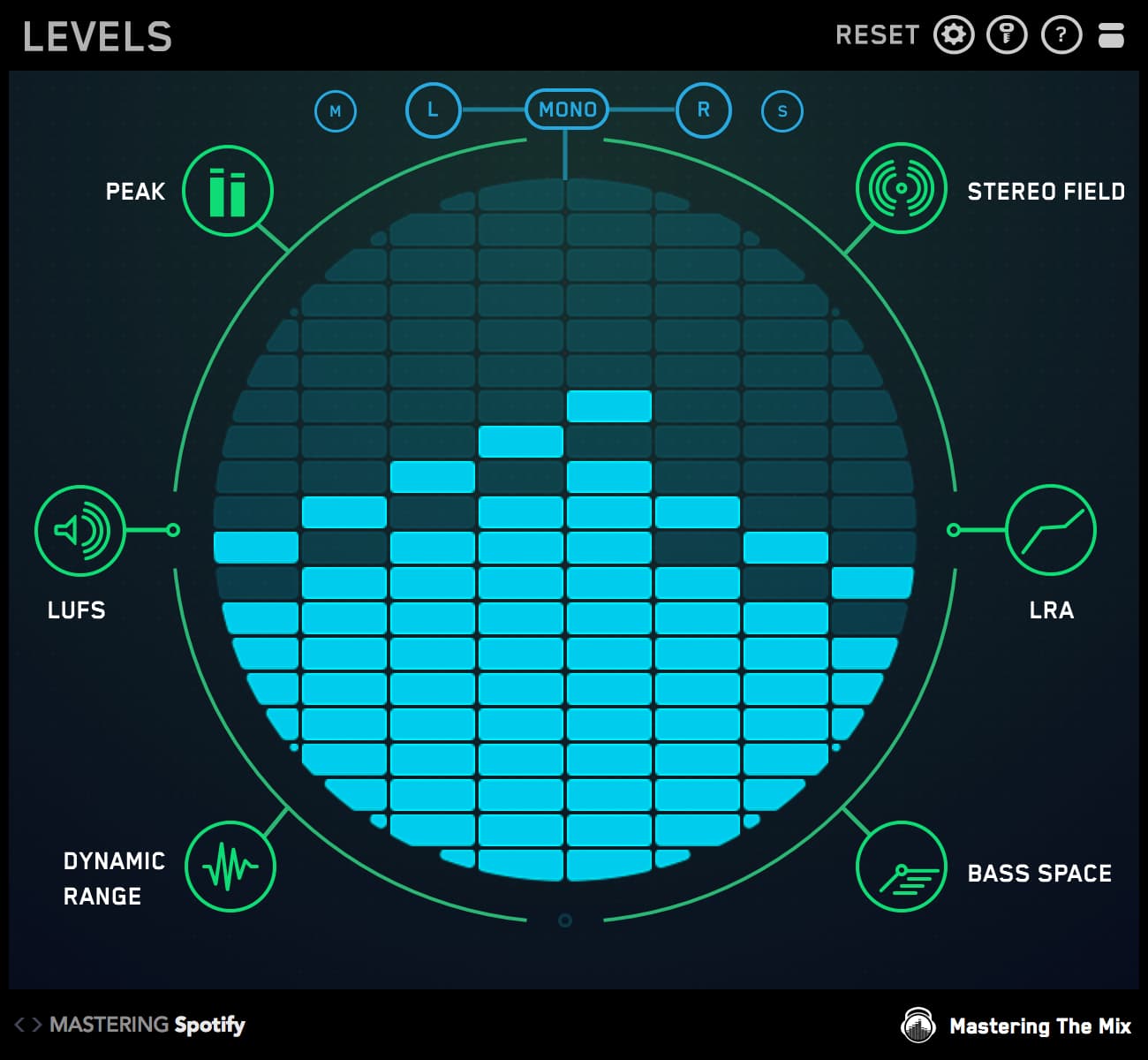
What is Mastering For iTunes?
MFiT is a section in the iTunes store. The music in this section has been through a quality control process to improve the sonics of the audio. The MFiT incentive is also an opportunity for songwriters. The platform allows artists to deliver their music in the highest possible quality.
Why did Apple start Mastering For iTunes?
Back in 2003 Apple would take the wav masters from CDs and transcode them to a lossy AAC file at less than a tenth of the size. The original wav files were too large for online distribution. In the last 20 years CD masters have been getting louder and louder. Which has had a negative impact on the dynamic range and audio quality of the music. Loud masters are particularly problematic when it comes to encoding to a lossy file such as AAC or MP3. A loud song that peaks at 0dBFS may end up clipping and distorting once Apple has converted it to a lossy file. Apple saw this problem and decided to intervene. Apple gives mastering engineers a set of practices and tools to deliver MFiT masters. These masters will transcode into AAC without causing the file to clip or distort.
Why is clipping such an issue?
Controlled analogue distortion can sound great. But if your master is digitally clipping it will reduce the clarity of your music. Clipping isn't always obvious, but it is best to avoid it to get the highest possible audio quality. Read on to learn how to avoid clipping during Apples encoding process.
How to master my track for iTunes?
Apples guidelines for MFiT can be read here. Apple offer a free MFiT plugin called RoundTripAAC. It allows producers to check in real time how their track will sound once encoded. It also lets you know if the track will clip or distort once encoded. RoundTripAAC should be inserted as the final plugin after your mastering chain. Don't forget to bypass the plugin during the final bounce. Apple ask that you submit the music in an uncompressed audio format such as a Wav file. The file must be 24 bit. The sample rate should be the same as the rate the song was recorded at. Don't up-sample as this won't improve the quality of your audio. An important factor to consider is the dynamic range of your material. iTunes wont reject your master if it is excessively compressed. That being said, I recommend aiming for -10 to -13 LUFs in loudness and a dynamic range of 12dB. Having the peak level around -1dB will also help ensure your audio doesn't clip when its encoded.
Need an awesome plugin to measure LUFs and Dynamic range? Check out LEVELs
How can I get my track in the MFiT section on iTunes?
To get your track in the MFiT section of iTunes your music has to have been mastered by a certified MFiT engineer. When you or your label submits your track to iTunes you have to include a few details. The name of the studio, the engineer and their email address. They will check their list of approved mastering engineers. If the details you submit match their records your music will be in the Mastered for iTunes section. I am certified by Apple to provide my clients with MFiT masters. Click here to order a MFiT master.
How can I future proof my music for digital distribution?
As ever, Apple are looking to the future. They are encouraging artists, studios and labels to submit music in high quality formats. They are currently still delivering songs to customers using the AAC format. In the future they may upgrade your entire library to the original high quality file. Bandwidth and demand for high quality music is increasing so this could be a reality soon! Musically excellent albums from 10 years ago suffer in the modern age of digital distribution due to the way they were mastered. They didn't have the opportunity to future proof their music, you do!
Click Here To Order a MFiT Master
Below is an example of a major record label track that I Mastered For iTunes. Click here to see how it shows up in iTunes.


